Dictionary
Dirt

- Definition:
-
Dust or substance that makes a place or something unclean.
-
Polvo o sustancia que hace que un lugar o algo esté manchado.
- Example:
-
Robots will clean the dirt for you.
-
Los robots limpiarán la suciedad.
- Spanish word:
-
Suciedad
- Audio:
Laundry
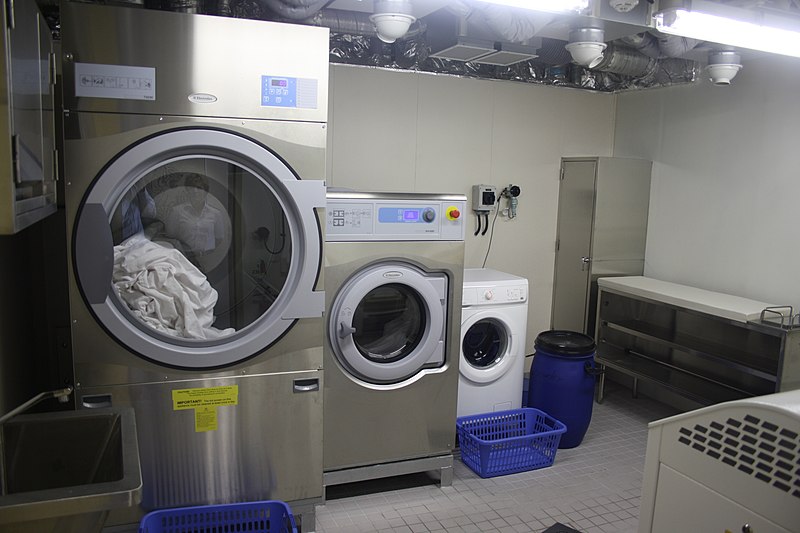
- Definition:
-
Dirty clothes that are going to be washed.
-
Ropa sucia que va a ser lavada.
- Example:
-
In the future people won't need to do the laundry.
-
En el futuro, la gente no necesitará hacer la colada.
- Spanish word:
-
Colada, ropa sucia
- Audio:
Several

- Definition:
-
Group of similar or different elements put together.
-
Grupo de elementos diferentes o similares juntos.
- Example:
-
There were several things in the box.
Había varias cosas en la caja.
- Spanish word:
-
Varios
- Audio:
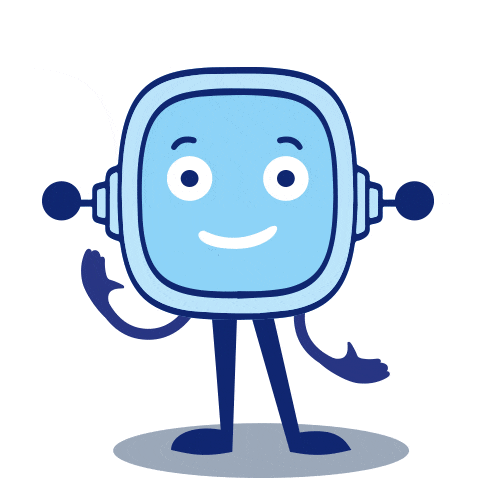
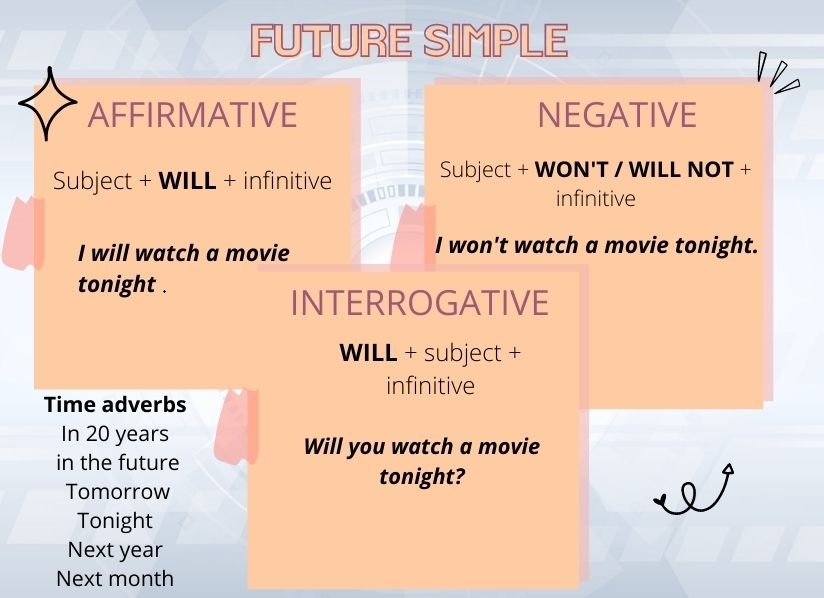

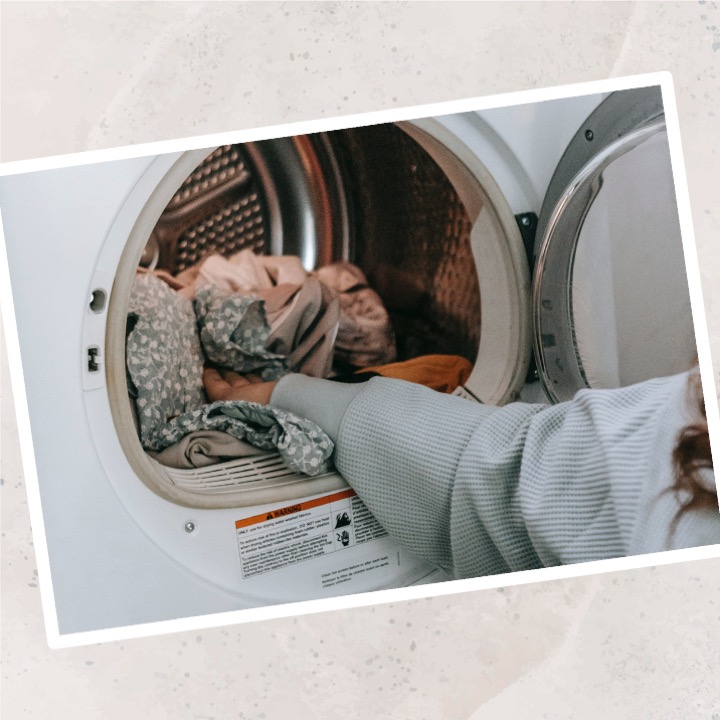
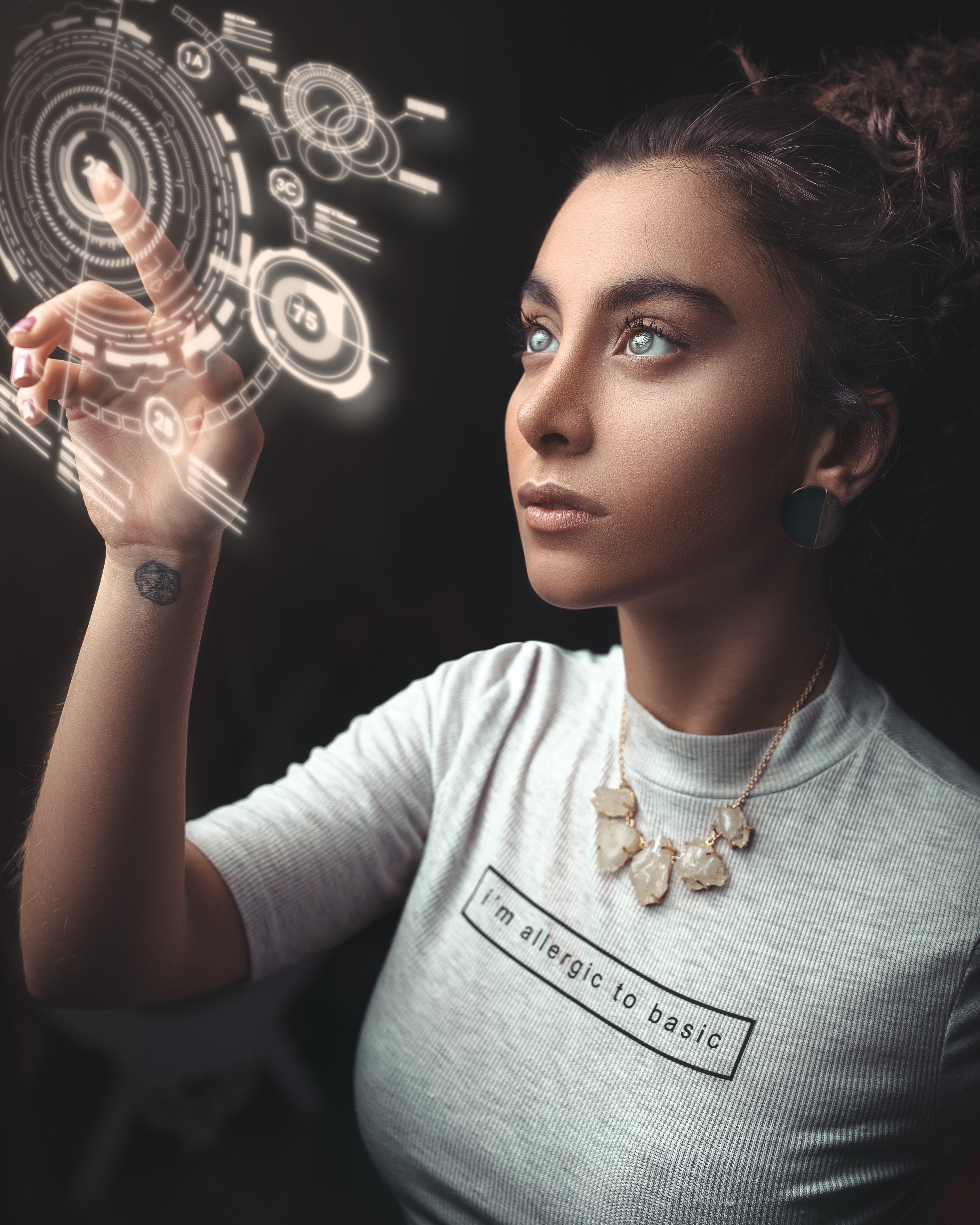
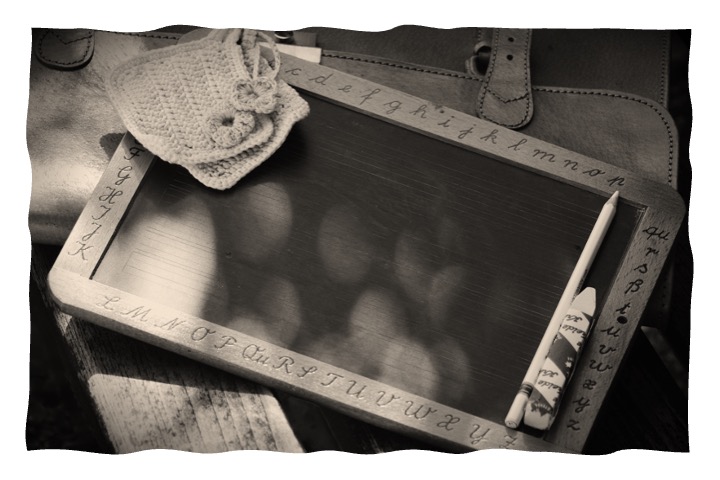
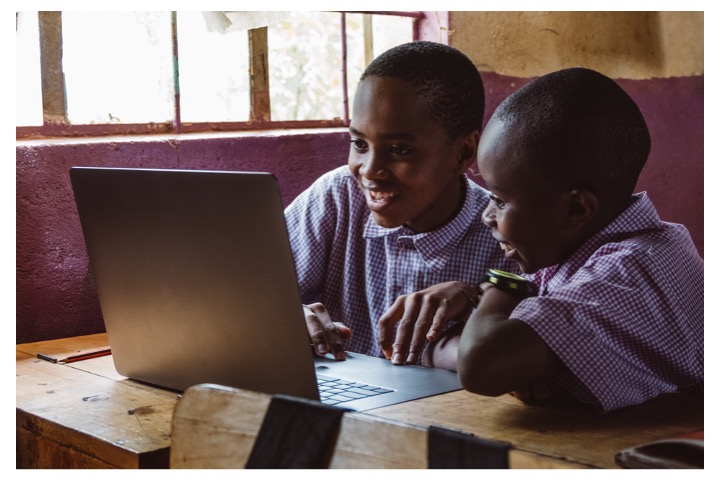
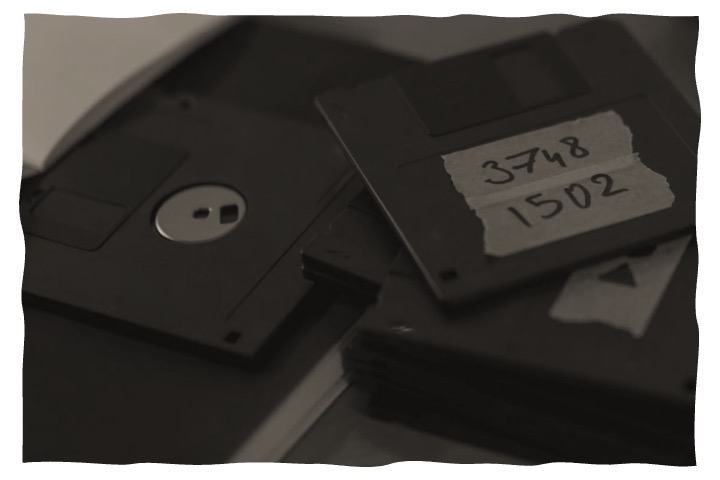

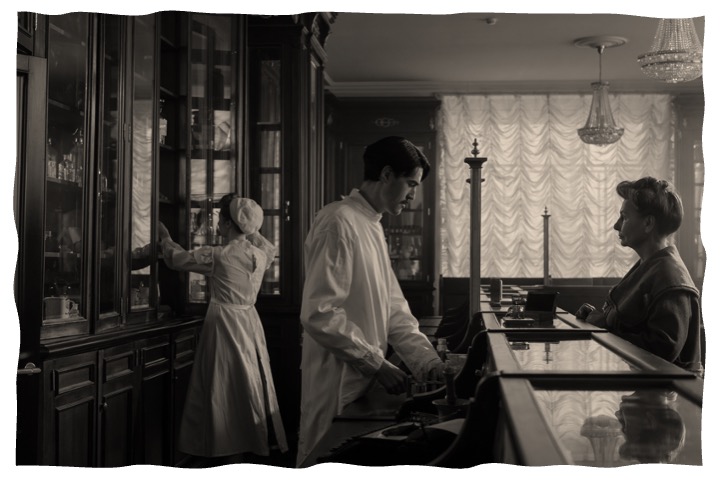
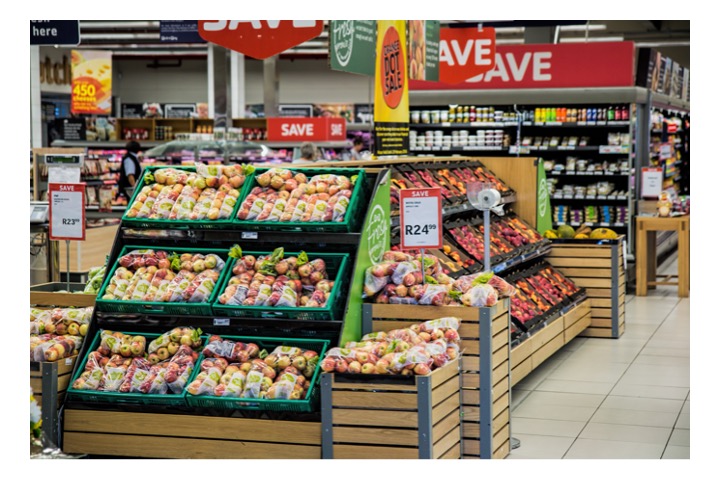


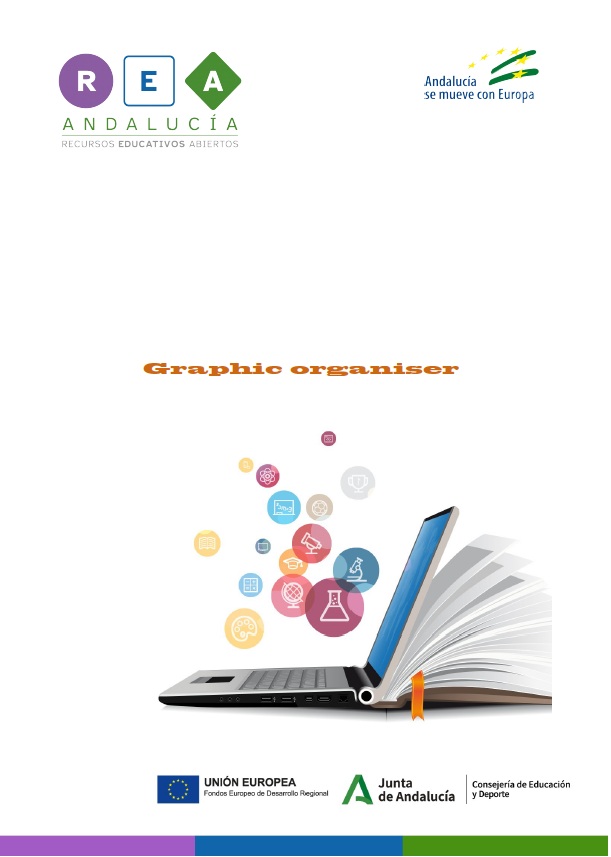
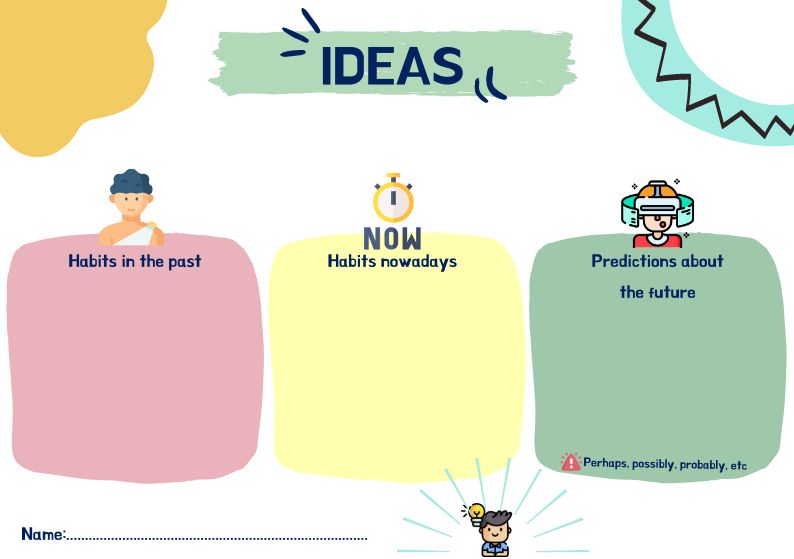 You can use this graphic organiser.
You can use this graphic organiser.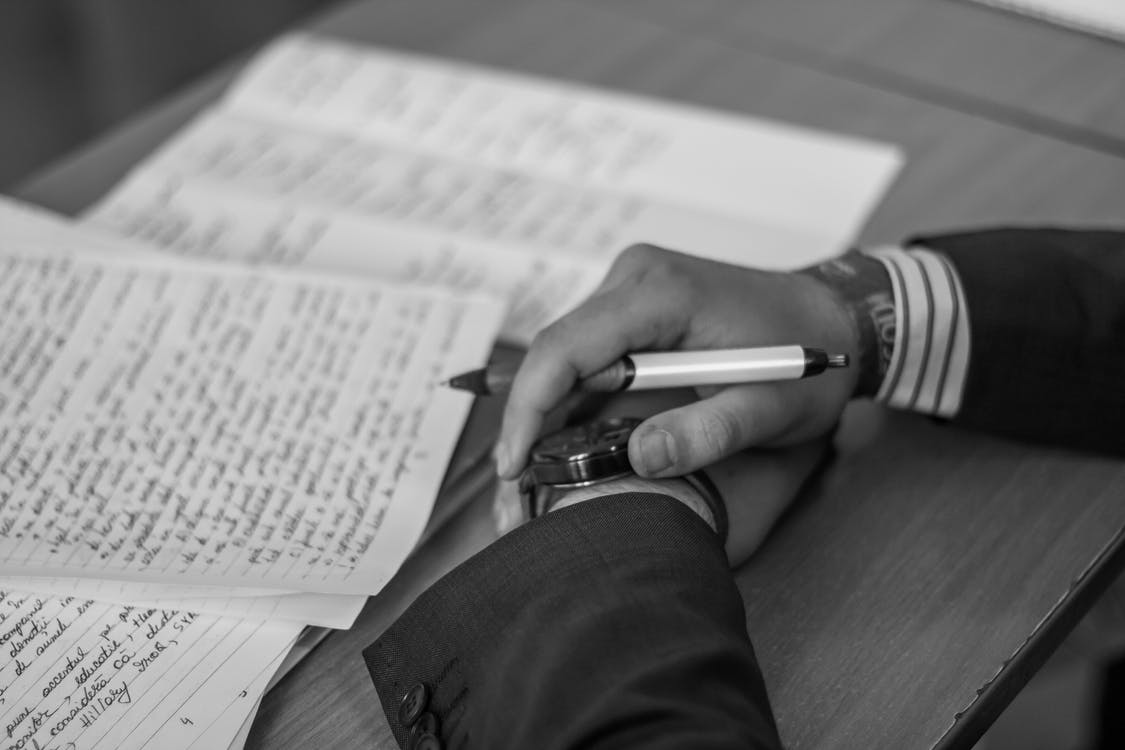 You have your texts.
You have your texts.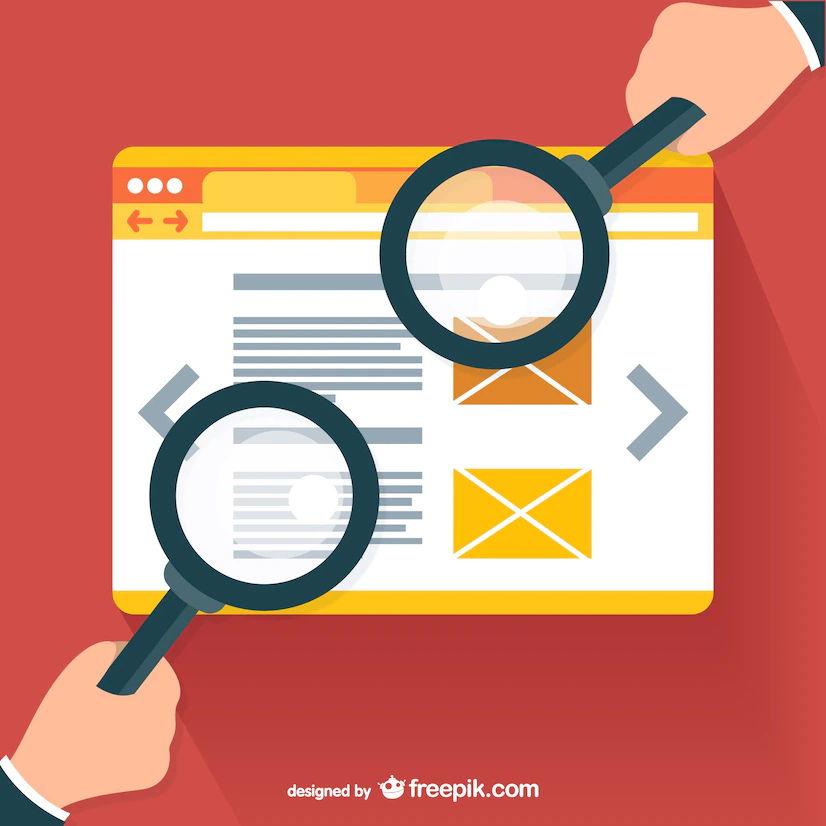 You will search for more information.
You will search for more information. You think of a topic.
You think of a topic.